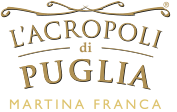
Extra virgin olive oil: Characteristics and properties
Extra virgin olive oil, unlike other edible oils, is mainly made up of monounsaturated fatty acids, with the presence in the right quantity of linoleic fatty acid, polyphenols, vitamin and beta carotene.
The presence of these antioxidant elements makes extra virgin olive oil particularly important for our health.
It has in fact been scientifically verified that the properties of extra virgin olive oil favor the lowering of "bad" cholesterol (LDL) and a simultaneous increase of "good" cholesterol (HDL), helping to prevent cardiovascular diseases and arteriosclerosis.
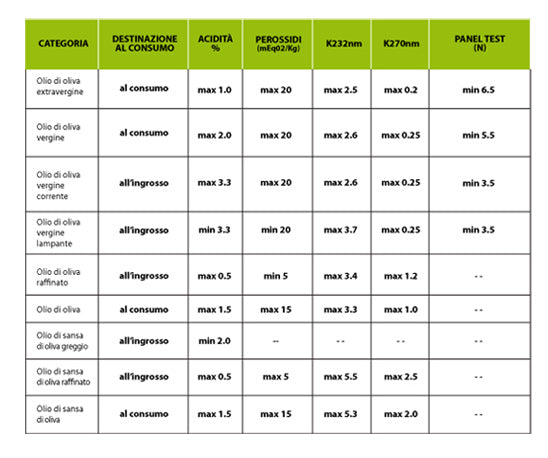
Classification of oils.
Extra virgin olive oil is the only vegetable oil obtained with pressure alone, without manipulation of organoleptic characteristics and properties, unlike seed oils (soya, peanut, sunflower, etc.). It contains vitamins E, A, K , D which have antioxidant properties and a protective effect on the body's cells. It has an acidity level of less than 1% (1 gram for every 100 g).
Virgin olive oil is obtained with the same processing methods as extra virgin olive oil, it must fall within the chemical and organoleptic parameters required for this category by European legislation: the acidity must be a maximum of 2% and the panel test allows slight defects entities, which can compromise taste and smell.
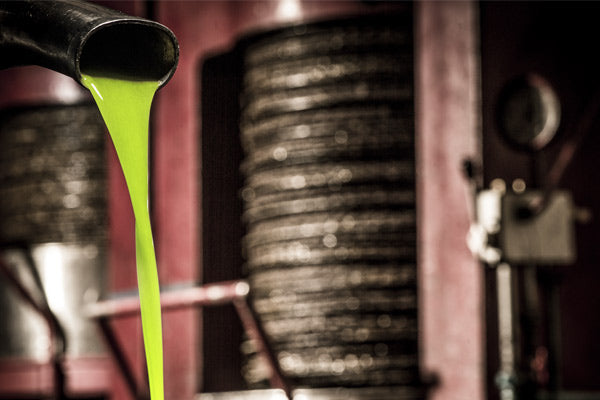
Olive oil (composed of refined olive oils and virgin olive oils) is the result of an industrial process of chemical or physical refining and mixing between different types of oils.
Generally it is oil that comes out of the mill with various defects and high acidity for which industrial intervention and mixing with virgin olive oil allow the product to be improved and made edible. The acidity must not be higher than 1.0%: organoleptic testing is not required for this category.
Olive pomace oil is obtained by extracting the part of oil remaining in the pomace, the residue of the mechanical processing of the olives.
The operation involves the use of chemical solvents and the addition of virgin oil. Acidity cannot exceed 1.0%; Organoleptic testing is also not foreseen for this category.
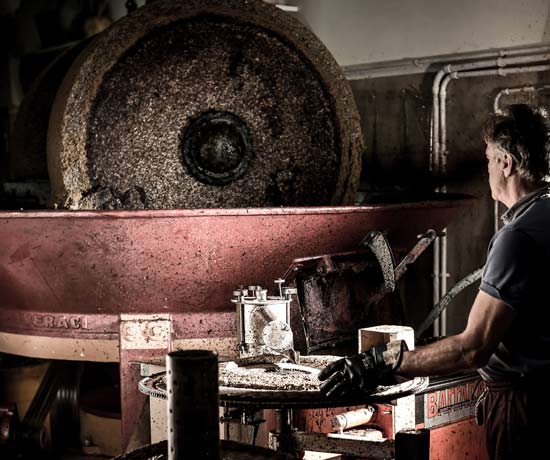
Olive pomace oil is obtained by extracting the part of oil remaining in the pomace, the residue of the mechanical processing of the olives. The operation involves the use of chemical solvents and the addition of virgin oil. Acidity cannot exceed 1.0%; Organoleptic testing is also not foreseen for this category.
Lampante oil If the oil extracted by pressure or centrifugation does not meet the above-mentioned requirements, it is classified as lampante and can be used for food purposes only after having been subjected to a rectification process.
Rectified olive oil is obtained from lampante oils through rectification processes (deacification, decoloration, deodorization, etc.) which have the aim of reducing the legal values and eliminating those substances that give the oil unpleasant organoleptic properties.
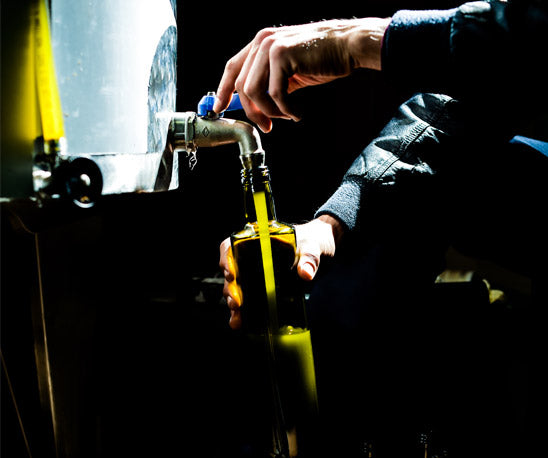
These processes are not selective and the oil obtained is deprived of even those small quantities of substances that represented its value from a food and organoleptic point of view. The result is a colourless, odorless and tasteless oil which is appropriately mixed with virgin oil.
We recommend raw extra virgin olive oil from first cold pressing, 100% Italian, with high nutritional properties and natural characteristics.
